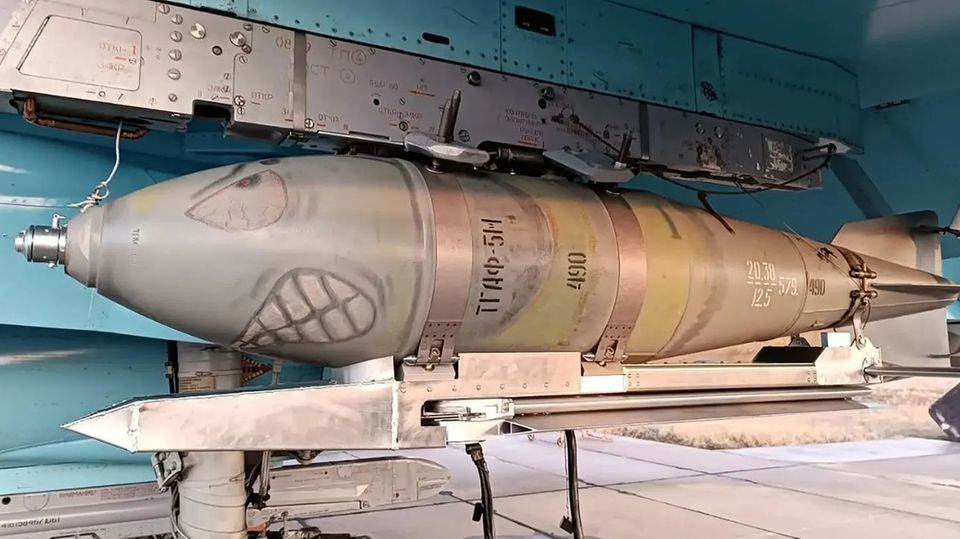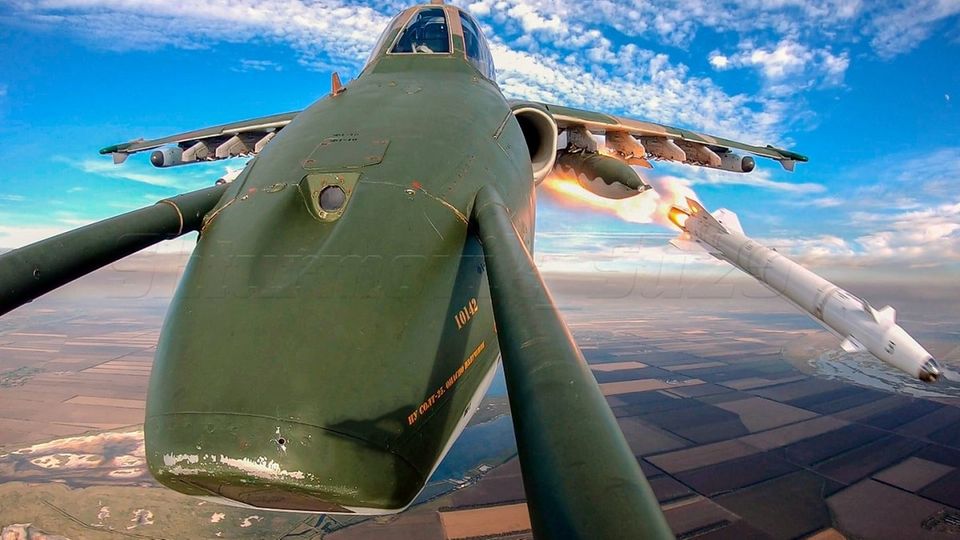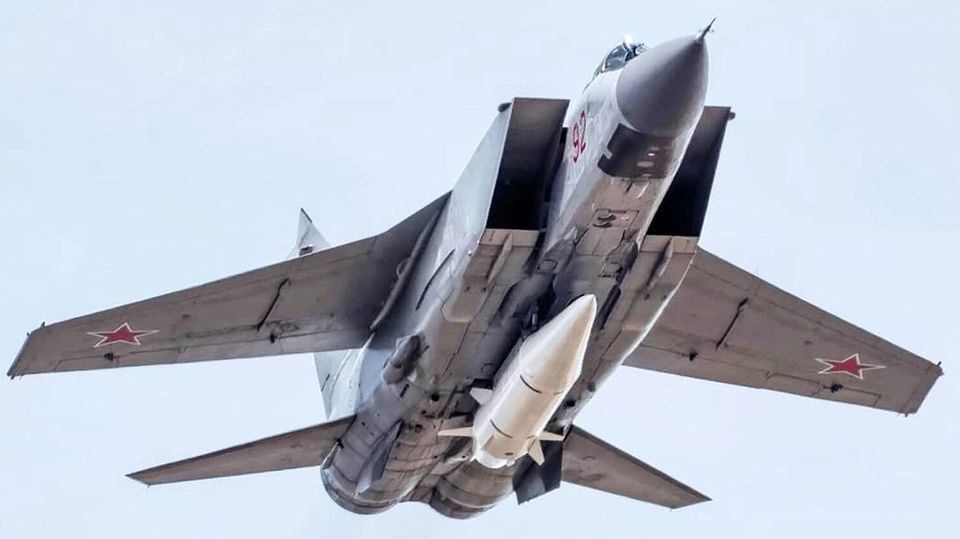War in Ukraine
GLSDB – Boeing’s glide bomb requires no jet and can hit targets 150 kilometers behind the front
The GLSDB is much more flexible than a ballistic missile.
© Beoing/Saab / PR
Kiev’s troops are currently retreating; a new type of small glide bomb from the USA is intended to bring the Russian offensive to a halt. The GLSDB can hit supply depots and headquarters up to 150 kilometers behind the front.
It has to be on the ground at the front Ukraine is currently just plugging in. The Russian army repeatedly hits the Ukrainian lines like a sledgehammer and in some places they wear down and give in. The only chance to stop this ram is to strike in depth, cutting off Russian supplies and taking out command posts.
In this context, the German Taurus is often called out. A long-range bunker buster. But Taurus and the less effective Storm Shadow have a serious disadvantage: they have to be launched from an aircraft. And the Ukrainian Air Force has fewer and fewer SU-34s converted for this purpose.
Small but precise
Boeing recognized this problem last year and developed a small glide bomb (GLSDB) specifically for Ukraine. Now it is being delivered. At 150 kilometers, it reaches almost twice as far as the High Mobility Artillery Rocket System (HIMARS). The deployment of the HIMARS last year had a huge impact on Russian logistics. Although GLSDB is a glide bomb, it can be used from the ground.
The weapon was developed specifically for the Ukrainian war. It is composed of two existing building blocks. An aerial bomb is combined with the M26 rocket motor. The small precision bomb was actually developed for aircraft. Their low weight and small diameter enable a jet to carry many smart bombs and thus engage multiple targets.
Jet is not needed
The idea is that the aircraft part is taken over by a simple starter rocket. The rocket does not need to have any special capabilities. It only brings the gliding bomb to the required height, but not to the target. There it is pushed off where it would have been released by the plane. The bomb has small, foldable wings that allow it to glide 150 kilometers. It remains maneuverable. The glider can also attack a target in an arc from behind.
The GLSDB’s maneuverability is far higher than that of Russian heavy glide bombs. GLSDB was developed specifically for this purpose, but the Russians use a kit to convert old free-fall bombs into gliders. The deviation of the GLSDB from the target point is only about 50 centimeters. The price of the bomb is relatively modest at $40,000, and together with the simple rocket motor it is a very inexpensive system. It can be launched from the HIMARS launchers or the M-270 MLRS rocket launcher.
Not affected by the budget dispute
Testing of the newly built GLSDB took place on January 16 at the Eglin Air Force Base test site in Florida, according to Reuters. Allegedly, large quantities of the weapon are to be brought to Ukraine in order to be able to carry out a major strike right from the start. The USA has only given Ukraine very small numbers of the heavy tactical missiles with the longest range – ATACMS. The GLSDB is less effective, but significantly cheaper and can be supplied in larger quantities. Coincidence helps Kiev here; the GLSDB is said to have already been paid, so delivery is possible even without an agreement in the current budget dispute.





